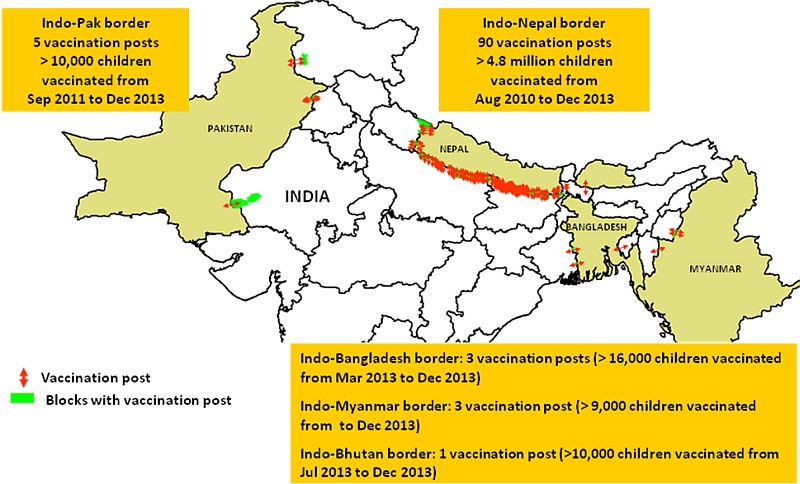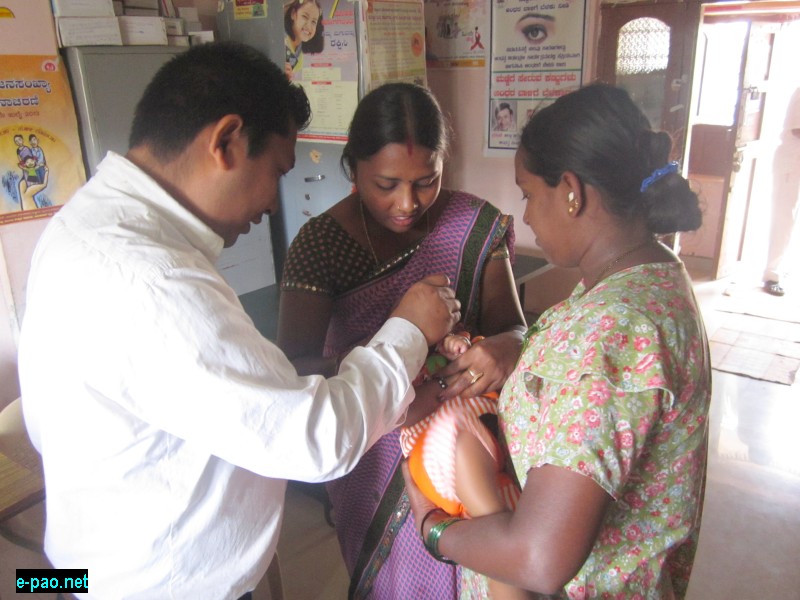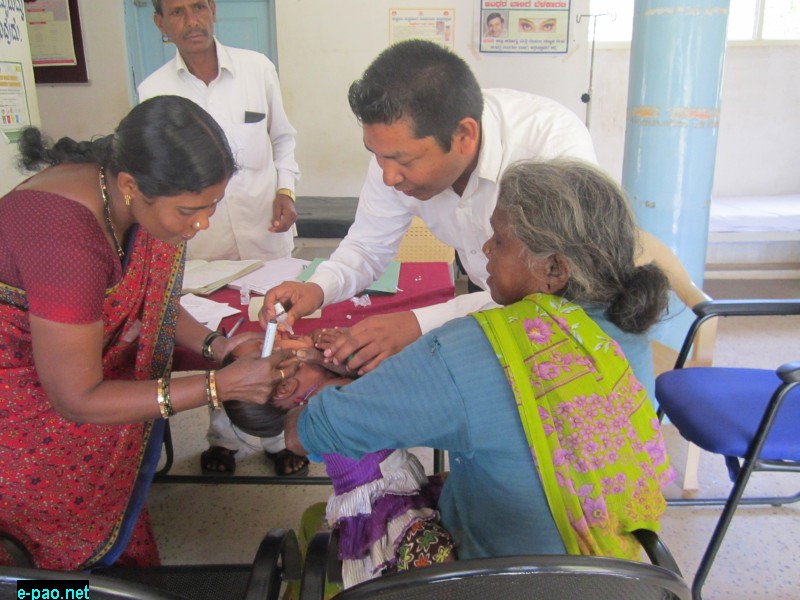BBC News: Eradicating polio one step at a time
 Sita Devi says she is committed to keeping India polio-free
Sita Devi says she is committed to keeping India polio-freeA few years ago, India accounted for half the world's cases of polio. Today it is officially clear of the disease. This remarkable feat is largely down to an army of women who, one step at a time, have crisscrossed the country on foot to give the under-fives polio vaccines.
Sita Devi is one of India's "polio aunties". The 57-year-old often walks miles in the searing heat to find children in remote villages and communities who need vaccinating.
She is one of the hundreds of thousands of women working in Aanganwadis - health care centres - in India which provide free basic services to those who cannot afford to pay.
They are part of the Pulse Polio Initiative that was started in 1995 with the aim of eradicating the disease from the country.
 Sita Devi often walks long distances in the heat to reach families in need of the vaccine
Sita Devi often walks long distances in the heat to reach families in need of the vaccineSince then, 12.1 billion doses of polio vaccine have been administered here.
In 2006 India still accounted for half of all global cases of polio - but earlier this year it recorded three years without a new reported case.
This achievement allowed the World Health Organization (WHO) to finally declare its entire South East Asia region polio-free.
'New problem'
But now Ms Devi is worried. She doesn't know if she can persuade the families she works with in the rural areas around Allahabad in northern India to have their children immunised again.
She airs her concern at a morning meeting of Aanganwadi workers in one of Allahabad's regional health offices.
It's 45C (113F) outside and a rusty fan isn't doing much to cool the room down.
Ms Devi's worry is partly down to the success of the eradication programme - the next round of immunisations is due in June but many families do not see the logic in repeated vaccinations now that India is polio-free.
"This is a new problem. We must deal with it carefully so that people understand why we are giving the anti-polio drops," she tells Rajesh Singh, the regional health officer.
As a chorus of similar worries erupts, Mr Singh encourages the Aanganwadi workers to tell the families regular immunisation is important to keep the disease away.













